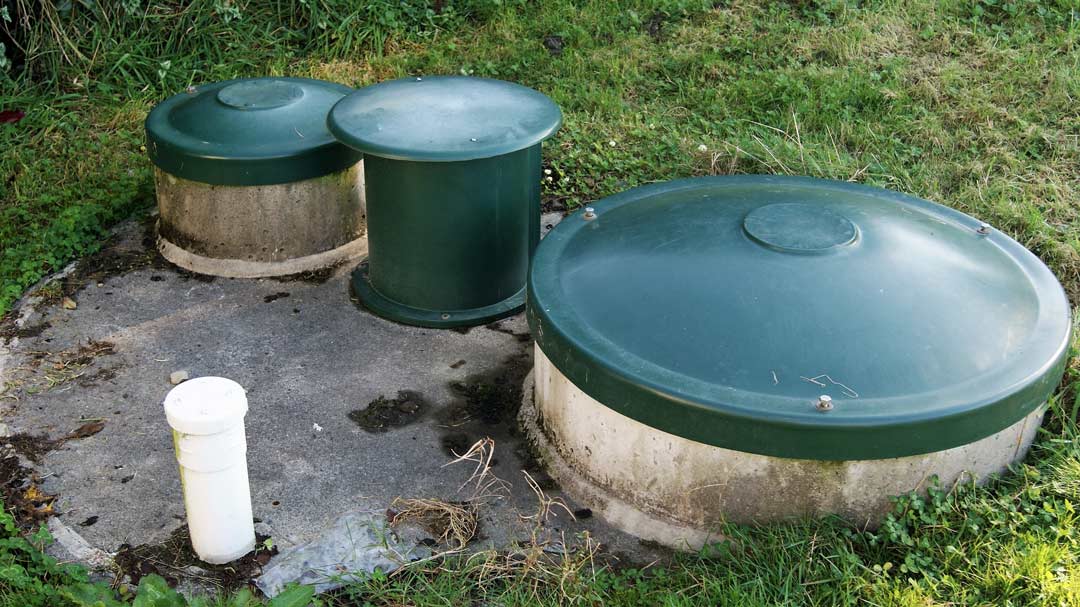
27
Septic tank risers are an essential component of any septic system, yet they are often overlooked by homeowners. These simple structures can greatly improve the functionality and maintenance of septic tanks, making septic tank pumping, septic company visits, and septic tank repairs easier and more efficient. If you have a septic system on your property, here are some important things you should know about septic tank risers.
Septic tank risers are vertical pipes that are installed on top of the septic tank to bring the access point of the tank closer to the ground surface. They are typically made of durable materials such as PVC or concrete and come in various diameters and heights. The risers are attached to the septic tank and extend vertically above the ground, providing easy access to the tank's inlet and outlet pipes, as well as the tank's access hatch.
Septic tank risers serve several crucial purposes. First, they provide convenient access points to the septic tank, eliminating the need to dig up the ground to locate the tank during routine maintenance activities like septic tank pumping or septic tank repairs. This makes the job easier and quicker for septic company technicians, saving time and effort.
Second, septic tank risers prevent damage to the septic system. Without risers, homeowners may unknowingly drive heavy equipment or park vehicles over the septic tank, causing structural damage or crushing the tank. Risers mark the location of the septic tank, ensuring that it remains undisturbed and protected from accidental damage.
Septic tank risers provide numerous benefits for homeowners. First, they eliminate the need for digging and excavating when accessing the septic tank. This can save homeowners money on labor costs, as septic company technicians can easily locate and access the tank without spending time and effort digging into the ground.
Septic tank risers also make routine maintenance tasks, such as septic tank pumping, much easier and more convenient. Homeowners can simply remove the riser cover and access the tank's inlet and outlet pipes, making the pumping process quicker and more efficient. This also allows septic company technicians to inspect the tank for any potential issues, such as leaks or cracks, during pumping, which can help identify and address problems before they become more serious and costly to repair.
Septic tank risers are typically installed during the initial septic system installation or as part of a septic tank repair or upgrade. They are attached to the septic tank's access hatch or the inlet and outlet pipes using sealing gaskets or other watertight connections to prevent any leaks. The risers are then extended vertically above the ground surface to a height that is convenient for access and marked with a cover for easy identification.
Septic tank risers are a helpful addition to your septic system. They will be beneficial and make both your and the septic company’s life easier. Contact Charlotte Septic Pros to have your own septic tank riser added today.
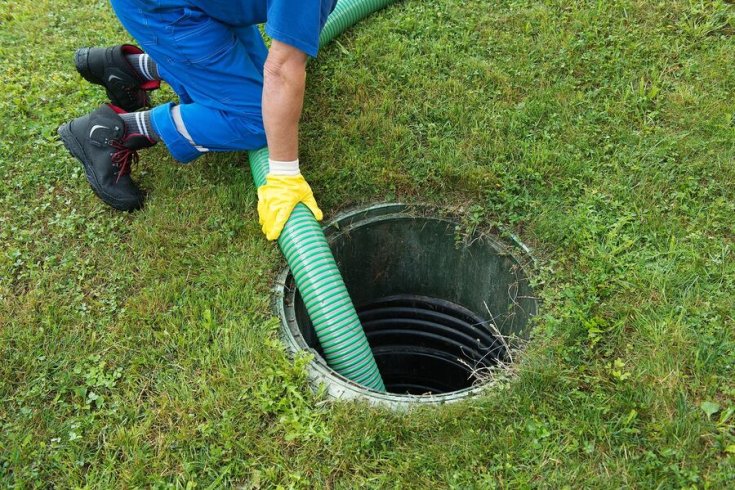
18
Reliable and Affordable Septic Services A properly functioning septic system is essential for any home or business that relies on…
Read more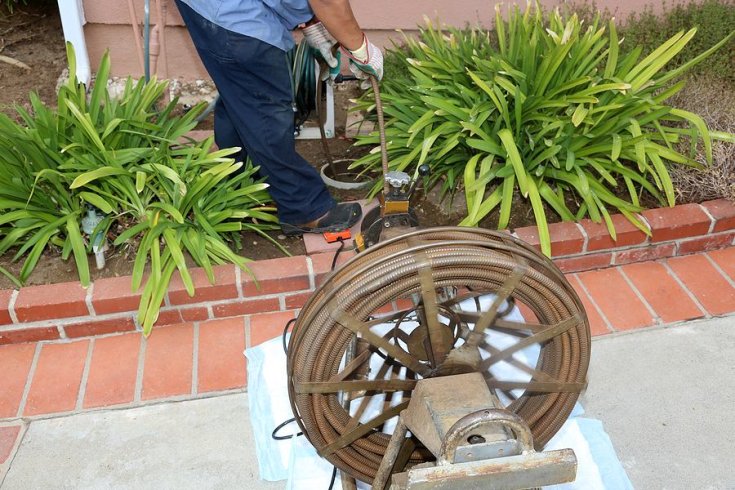
09
Signs and Solutions for a Failing Drain Field Your septic system plays a critical role in managing household wastewater, and…
Read more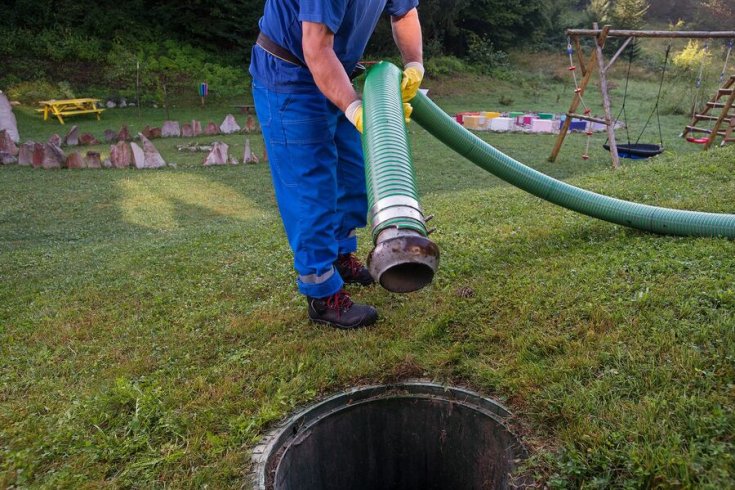
03
A Newbie’s Guide to Septic Pumping If you’re new to homeownership and have a septic system, you might be wondering…
Read more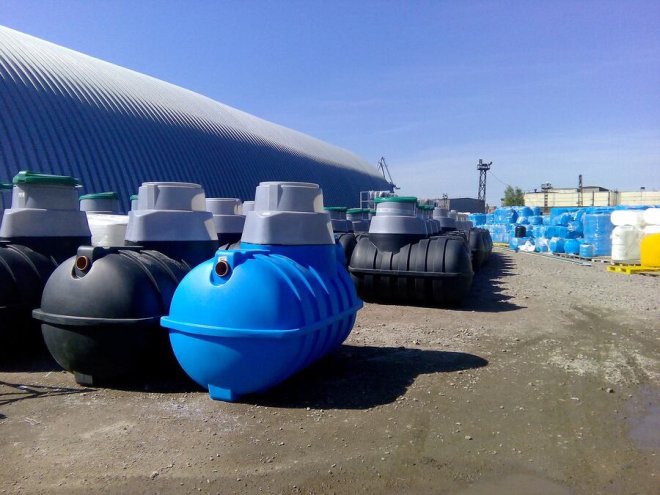
28
How to Prepare for Septic System Installation Installing a septic system is a major investment for any property that lacks…
Read more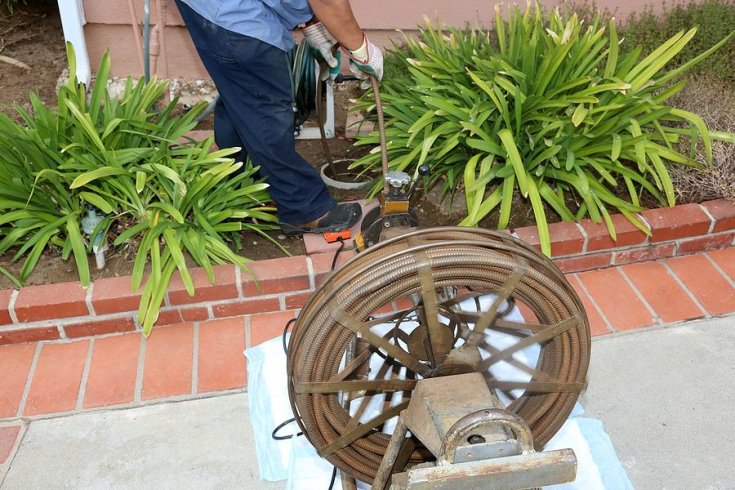
20
How Main Drain Cleaning Can Prevent Sewer Backups Sewer backups are one of the most unpleasant plumbing emergencies homeowners can…
Read more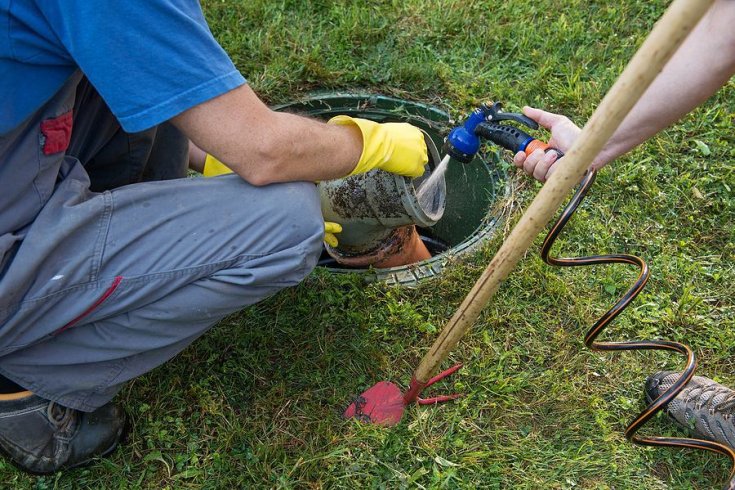
13
What to Do When You Have Drainage Problems Drainage problems can be frustrating and cause serious damage if left untreated.…
Read more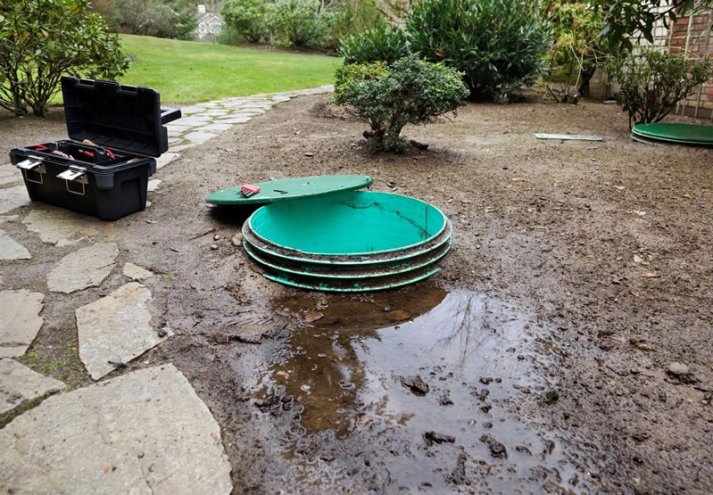
04
Signs and Causes of Septic Leaks A leaking septic system can pose serious health and environmental risks. If left untreated,…
Read more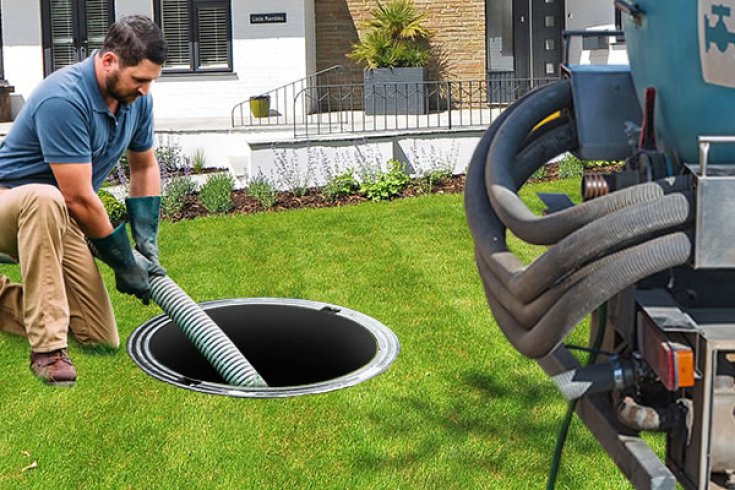
02
Unusual Septic Tank Blockages: Keeping Your Septic System Healthy A properly functioning septic system is crucial for any home or…
Read more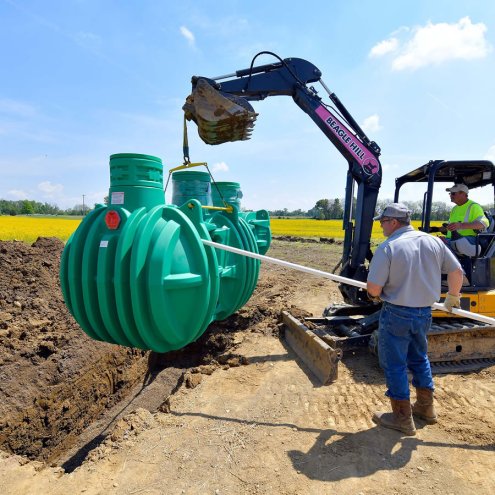
23
Seasonal Weather and Septic Systems Tank Your septic system plays a vital role in managing household wastewater, but seasonal weather…
Read more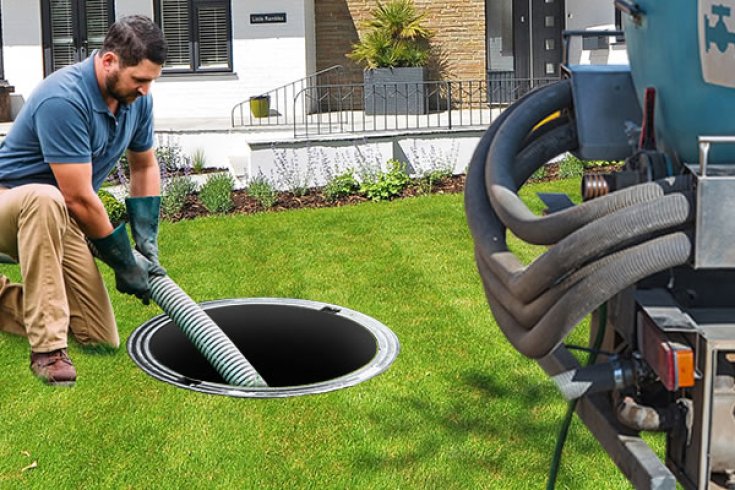
15
Why Toilet Paper Matters to Your Septic Tank Many homeowners don’t give much thought to their toilet paper—until it starts…
Read more